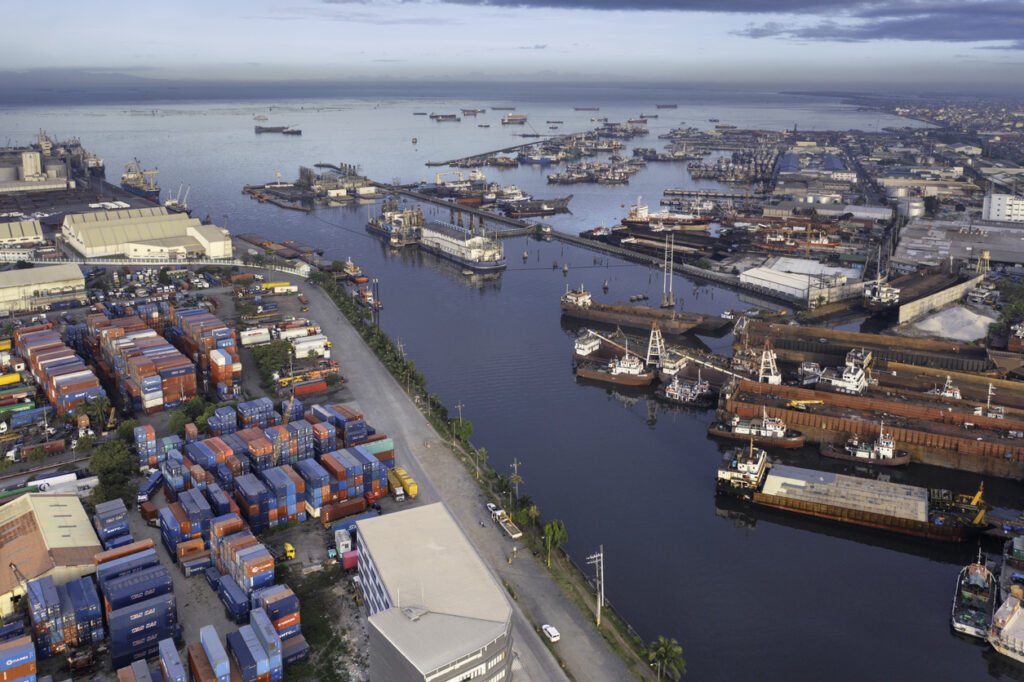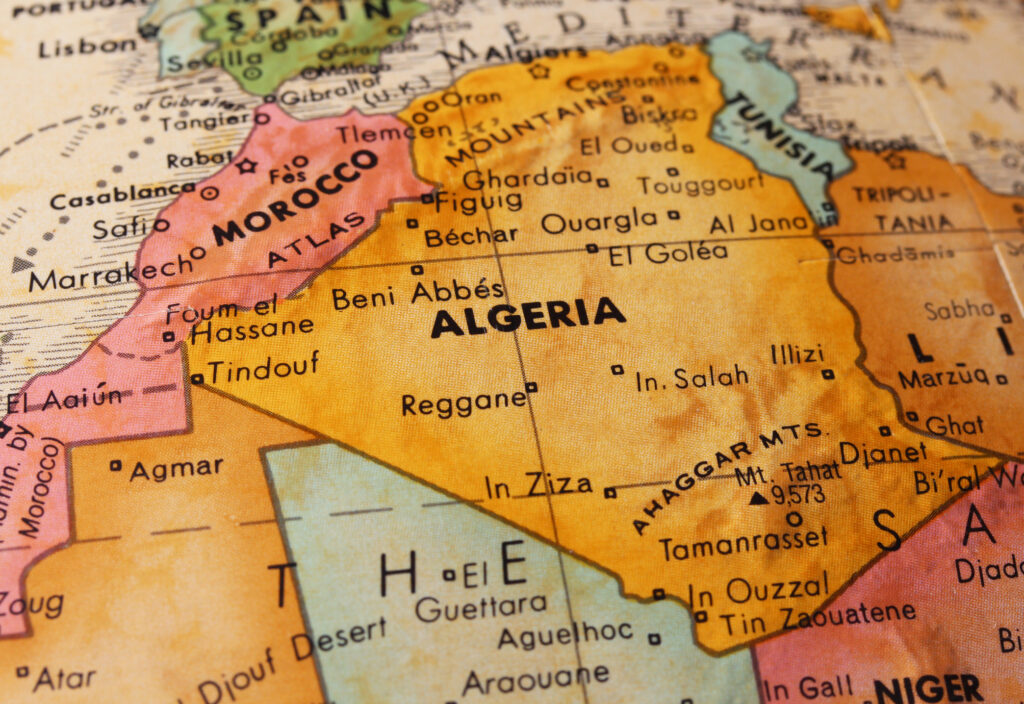On 31 January 2024, South African President Cyril Ramaphosa and Minister of Trade, Industry, and Competition, Ebrahim Patel, jointly announced the launch of preferential trade operations under the African Continental Free Trade Agreement (AfCFTA) within South Africa.
Understanding AfCFTA:
AfCFTA, the African Continental Free Trade Area, stands as the world’s largest free trade zone (by population and number of participants), bringing together the 55 countries of the African Union (AU) and eight Regional Economic Communities (RECs). Its primary goal is to establish a unified market across the continent, facilitating seamless movement of goods and services throughout Africa, thereby fortifying Africa’s global market position.
The African Union announced1 that the AfCFTA has entered its operational phase, adding the following benefits of trading in and with Africa:
- The Rules of Origin: A new regime governing the conditions under which a product or service can be traded duty free across the region;
- The Tariff concessions: It was agreed that there should be 90% tariff liberalisation and the deadline is 1 July 2020. Over a 10-year period with a 5-year transition, there will be an additional 7% for “sensitive products” that must be liberalised;
- The online mechanism on monitoring, reporting and elimination of non-tariff barriers (NTBs): NTBs are a great hindrance to intra-African trade whether physical (e.g. poor infrastructure), or administrative (e.g. customs practices). These are to be monitored with a view to ensuring they are eliminated.;
- The Pan-African payment and settlement system: To facilitate payments on time and in full, by ensuring that payments are made in local currency and at the end of the year there’ll be net settlements in foreign exchange. With the certainty of payments, there will be confidence in the system.;
- The African Trade Observatory: A trade information portal to address hindrances to trade in Africa due to lack of information about opportunities, trade statistics as well as information about exporters and importers in countries. The trade observatory will have all this information and other relevant data which will be provided by AU member states.
Trade Strategies:
Twelve nations, South Africa among them, have finalized requisite legal frameworks to commence trade across a broad spectrum of product categories. These encompass goods ranging from food and beverages to steel products, transportation equipment, pharmaceuticals, personal care items, chemicals, and household appliances like refrigerators and televisions.
As a signatory to the AfCFTA Agreement and boasting a GDP of approximately USD 406 billion (World Bank, 2022), South Africa stands as one of the continent’s leading economies. The successful implementation of AfCFTA is anticipated to bolster intra-Africa trade, catalyse economic growth, and spur intra-African investments.
Additionally, it opens up unprecedented access for South African exporters to key markets beyond the Southern African Development Community, ushering in new avenues for economic expansion. Simultaneously, it provides other African nations access to the South African market, fostering mutually beneficial trade relationships across the continent.
The impact of the African Continental Free Trade Area (AfCFTA) is likely to differ for countries and economic blocs trading with Africa.
The main challenges for the coming year:
- Implementation Obstacles: Successfully rolling out AfCFTA necessitates overcoming hurdles like reducing trade barriers, standardizing regulations among member states, and bolstering infrastructure.
- Rising Competition: non-African exporters could encounter heightened competition from African producers for goods traditionally exported from abroad.
Overall:
AfCFTA holds the potential to significantly reshape the economic landscape for Africa, as well as the trade relations from all other regions. While challenges remain, the potential rewards in terms of economic expansion, trade facilitation, and investment are considerable for all stakeholders.
What we are most keen to observe is the breakdown of non-tariff barriers as the effect of AfCFTA, and the implementation of the Pan-African Payment and Settlement System (PAPSS)2. The PAPSS is a Pan-African real-time gross settlement infrastructure for cross-border payments in distinct local currencies, operated by the Afrexibank. We are looking forward to see how this will enable better flow of hard currency and local currency payments, as well.
The success of AfCFTA hinges on effective implementation, addressing potential disparities, and sustained political commitment from African nations.
For more information about the African Continental Free Trade Area (AfCFTA) or how it may affect your exposure, please contact us on [email protected].




